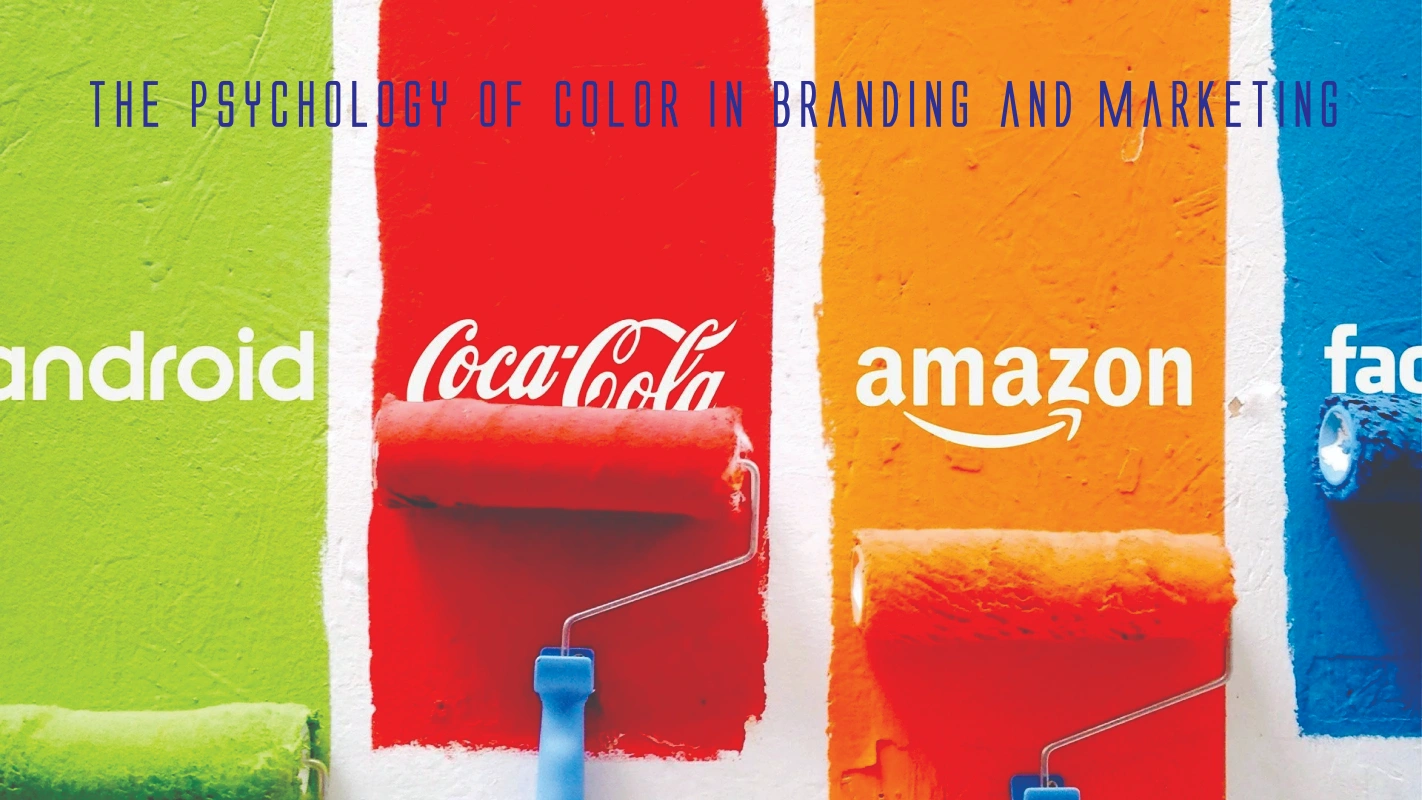
The Psychology of Color in Branding and Marketing
Color represents one of the most powerful yet often underestimated elements in branding and marketing. At Sampark Group, our design and advertising teams leverage color psychology to create brand identities and marketing materials that communicate specific messages, evoke desired emotions, and influence consumer behavior.
Color Theory Fundamentals
Understanding color theory provides the foundation for effective color selection in branding. The color wheel, complementary schemes, analogous combinations, and color harmony principles guide our design decisions to create visually appealing and psychologically appropriate brand systems.
Cultural and Contextual Color Meanings
Color associations vary significantly across cultures, industries, and contexts. While blue may convey trust and professionalism in financial services, it might represent technology or healthcare in other sectors. Our research process ensures color selections align with target audience perceptions and industry standards.
Emotional Impact of Colors
Different colors trigger distinct emotional responses that can significantly impact brand perception. Warm colors like red and orange typically evoke energy and excitement, while cool colors like blue and green suggest calmness and trust. We strategically select color palettes that reinforce desired brand personalities.
Practical Applications in Marketing
Beyond logo design, color psychology applies to website design, packaging, advertising materials, and retail environments. Consistent color application across touchpoints strengthens brand recognition and reinforces brand attributes in the consumer's mind.
At Sampark Group, we approach color selection as a strategic decision rather than merely an aesthetic choice. Our color psychology expertise helps clients build brands that visually communicate their core values and connect emotionally with their target audiences.